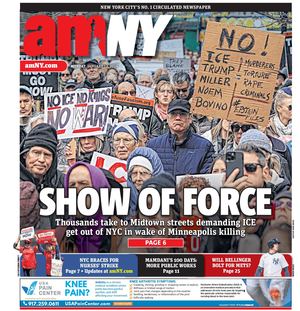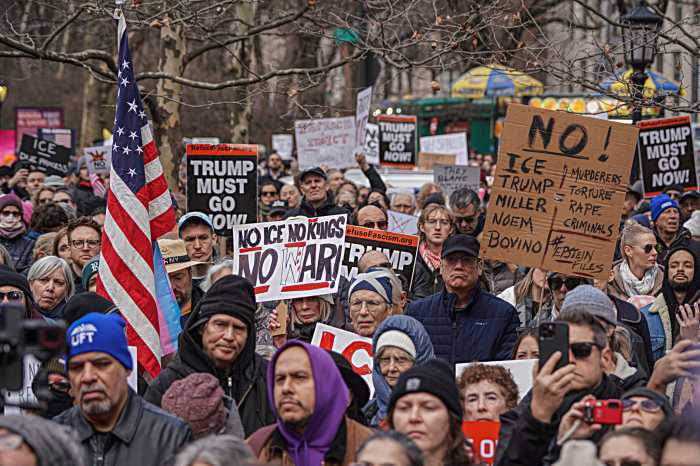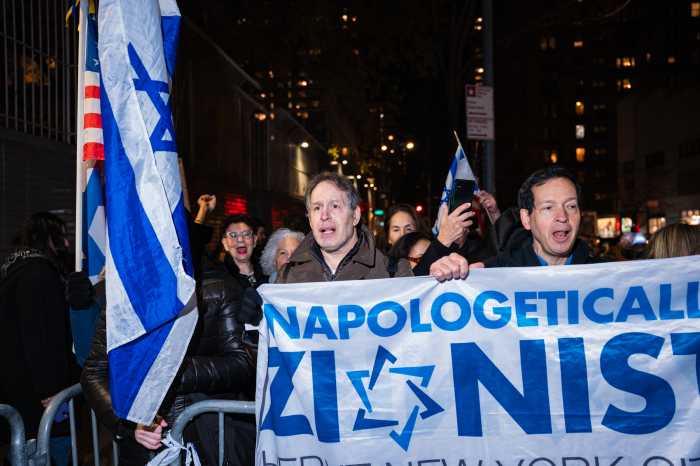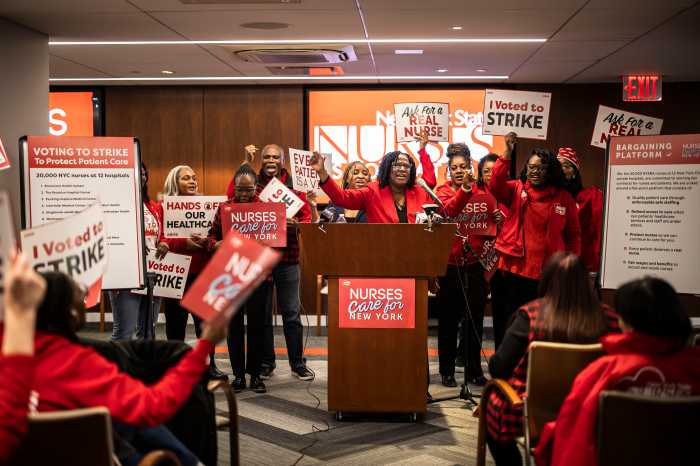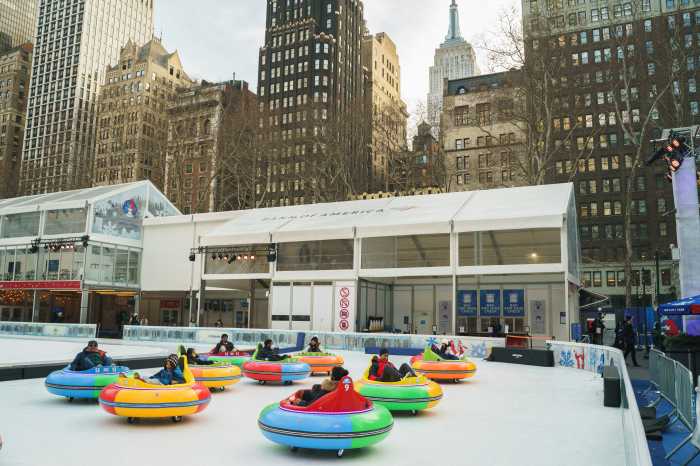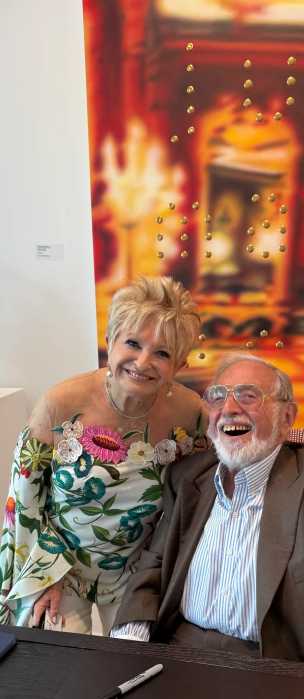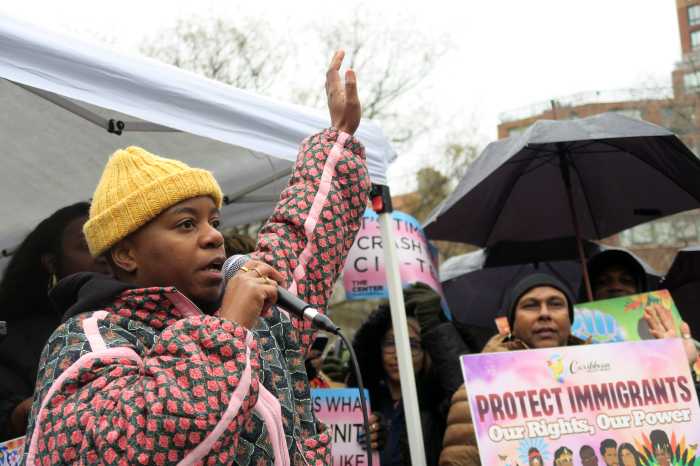 [/media-credit]
[/media-credit]
That was the underlying theme of the Dec. 16 New York City Council’s Lower Manhattan Development Committee hearing on the maritime museum, where several people testified to the museum’s need for additional sources of revenue.
Susan Henshaw Jones, director of the Museum of the City of New York, temporary operator of the Seaport Museum, stressed the importance of creating contributed and earned revenue to fund the restoration of its decaying ships and exhibit space. But in order to do that, she said, the maritime museum’s lease agreement with the city must be amended.
“The point is that this lease agreement was written in 1981, and it’s just not a platform for operations in 2012,” said Jones. “We’re hoping to modify the restriction on cultural uses to include other kinds of uses, so we can monetize the assets, develop earned income and offset the cost of operations.”
M.C.N.Y. is also requesting that the jurisdiction of the Seaport Museum’s lease be transferred from the city Economic Development Corporation to the Department of Cultural Affairs. “The model for the E.D.C. requires payments of utilities, which are very, very substantial; the model with the D.C.A., which oversees the Cultural Institutions group, doesn’t require rent or utilities payments,” she said.
Jones has plans to meet with city officials in the first quarter of 2012 to hash out the lease provisions and discuss the potential transfer. “We don’t have anything specific yet, because we haven’t started the process,” she said.
Asked for comment, E.D.C. Spokesperson Patrick Muncie wrote in an e-mail, “As part of the interim agreement with the Museum of the City of New York, we are working with M.C.N.Y. on a strategy concerning the use of space under the lease, including potential amendments to the lease, to assist in developing a long-term plan [for the Seaport Museum].”
M.C.N.Y. is also ironing out plans for the Seaport Museum vessels — spending $2.75 million of previously authorized city money, for example, on the restoration of the WaverTree, according to Jones. The ship, according to an agreement with the city, must be moved out of Pier 15 by next May. “We want to save the WaverTree, and bring it into the position that the Peking is now in on the south side of Pier 16,” said Jones.
Community Board 1, who also testified at the hearing, supported many of M.C.N.Y.’s wishes, including the lease transfer and the removal of certain lease restrictions. The board previously adopted a resolution in November calling on the E.D.C. to modify the museum’s lease, so the museum could more easily profit from its capital assets and otherwise regain financial stability.
“The lease stipulates a burdensome process for obtaining E.D.C. consent to sub-letting,” according to the testimony, “and C.B. 1 believes that a more flexible standard with a prescribed time frame could be crafted.”
C.B. 1 also vouched for the museum’s ability to redevelop the crumbling five-story building at 213-215 Water St., which now houses the museum’s library and archives. “The building is not code compliant and needs a gut renovation,” says the testimony.
Finally, C.B. 1 urged the E.D.C. to consider alternative locations for the Wavertree. “C.B. 1 would like the Wavertree or a similar museum ship to be acknowledged as fulfilling the lease requirement that a ‘tall-masted’ vessel be docked at Pier 15.”
At the hearing, Councilmember Margaret Chin underscored the importance of the museum’s success. “The Seaport Museum has long been the cultural anchor of the Seaport community, which is home to close to 1,400 residents,” she said. “More than four million people visit the Seaport each year — greater than the number of people who visit the Statue of Liberty. As such, its future health and prosperity is essential for the continuing redevelopment efforts in Lower Manhattan, particularly for the restaurants and small businesses in the Seaport area.”
